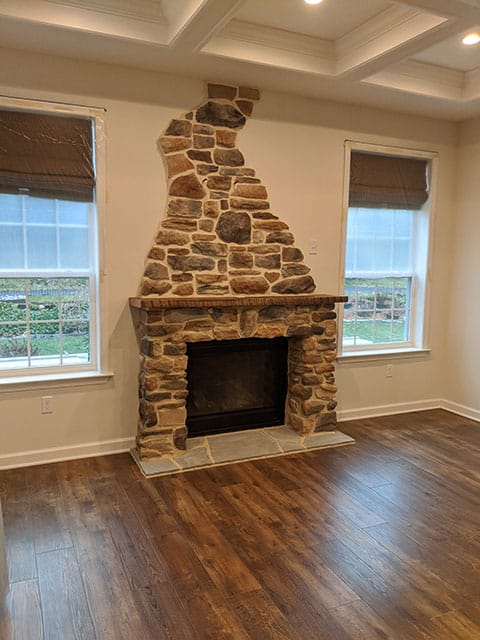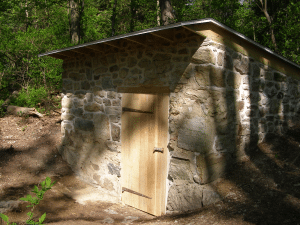When it comes to restoring old buildings or homes, the materials you choose matter just as much as the craftsmanship. At Restoration Services, we are passionate about preserving the integrity of historical structures, and one key material we use in many of our projects is lime mortar. Whether you’re restoring a historical home or repairing masonry in an older building, lime mortar offers significant benefits over modern alternatives like Portland cement.
In this blog, we’ll dive into what lime mortar is, why it’s an excellent choice for restoration work, and how it differs from Portland cement. Plus, we’ll highlight LimeWorks.us, our trusted supplier of high-quality lime mortar products.
What is Lime Mortar?
Lime mortar is a traditional masonry material that has been used for centuries in construction. It’s made by mixing lime (either quicklime or hydrated lime), sand, and water. This mixture creates a flexible, breathable mortar that binds masonry units together—stone, brick, or block.
Unlike modern cement-based mortars, lime mortar allows the building to “breathe,” which is crucial for maintaining the structural and aesthetic integrity of older buildings.
Types of Lime Mortar
There are two main types of lime mortar:
- Non-hydraulic lime mortar – This type requires exposure to air to cure and harden.
- Hydraulic lime mortar – This contains naturally occurring impurities, such as clay, which allow it to set underwater or in damp conditions.
Both types of lime mortar have their uses, depending on the specific needs of your restoration project.
Why Use Lime Mortar?
So, why is lime mortar still relevant today, especially for restoration work? Let’s take a look at some of its benefits:
Breathability
Older buildings were designed with materials that allowed moisture to pass through the structure. Lime mortar is permeable, meaning it allows water vapor to evaporate. This “breathability” prevents moisture from getting trapped within the walls, which can lead to damage like cracking or spalling in bricks.
Flexibility
Unlike rigid Portland cement, lime mortar is more flexible, allowing buildings to settle or shift slightly over time without cracking. This makes lime mortar an excellent choice for buildings with foundations that may move or shift due to age or environmental factors.
Environmentally Friendly
Lime mortar is a more sustainable option. Lime production uses less energy than cement production and absorbs carbon dioxide as it cures, making it a greener alternative. If you’re looking for an eco-friendly restoration material, lime mortar is the way to go.
Aesthetic and Historical Accuracy
For historically accurate restoration, lime mortar is often the only choice. It has been used in buildings for hundreds of years and is typically what older masonry structures were built with. Using lime mortar maintains the original appearance and historical integrity of your building.
Lime Mortar vs. Portland Cement
Modern Portland cement may seem like a convenient option for masonry, but when it comes to restoration, it can actually do more harm than good. Here’s how lime mortar compares to Portland cement:
Breathability
- Lime mortar allows moisture to escape, helping to prevent damage to masonry.
- Portland cement is impermeable, which traps moisture inside the structure, often causing long-term damage.
Flexibility
- Lime mortar is more flexible, adapting to small movements in the building.
- Portland cement is rigid and prone to cracking if the structure shifts or settles.
Longevity
- Lime mortar should be sacrificial to preserve the masonry unit
- Portland cement is more likely to deteriorate over time, mainly when used in older buildings that weren’t designed to handle it.
Appearance
- Lime mortar ages gracefully, matching the appearance of older masonry over time.
- Portland cement can be too hard for the masonry units, causing deterioration before the mortar itself
If you’re working on a restoration project, choosing the wrong material can compromise the integrity of your building. That’s why we always recommend using lime mortar when restoring older masonry.
Our Trusted Supplier: LimeWorks.us
At Restoration Services, we only use the best products for our clients. For lime mortar, we trust LimeWorks.us as our main supplier. They offer a wide range of lime mortar products that meet the highest standards of quality and historical accuracy. Whether we’re restoring a brick façade or repairing an old stone wall, LimeWorks.us provides us with the right materials to get the job done properly.
Ready to Start Your Restoration Project?
If you’re considering a restoration project and want to ensure your home or building is properly preserved, lime mortar is the right choice. Contact Restoration Services today to discuss how we can help restore your masonry with the best materials and craftsmanship.






